After the birding excursion to Cerro Azul Meambar National Park we birders returned to the Hotel Las Glorias where we had the afternoon free. Most of us did what comes naturally to birders in a neotropical paradise with time on our hands: we birded some more! And while there were a host of birds to be seen on the grounds of the hotel none of them, in this humble birder’s opinion, could top the amazing Keel-billed Toucans (Ramphastos sulfuratus). There were three or four of them that frequented a dirt road through the coffee plantation that bordered the hotel grounds, and on my second walk through the area after our return several cooperated by sitting on bare branches and posing for me and my digiscoping rig. Sweet!
There are some birds that just scream “You’re not in New York anymore!” The motmots, the parrots, and the multitudes of hummingbirds all regularly reminded me that I was in the neotropics but the sight of Keel-billed Toucans flying overhead, looking like giant bills pulling tiny bodies behind them, managed the trick better than any other. We regularly saw toucans during the trip but rarely got looks like we wanted. And once you have seen the multihued bill, with green, orange, blue, and dark purple all combined, the chestnut undertail, the yellow face and bib, and the lime green around the eye you can’t help wanting to see them, and see them well, all of the time! It doesn’t seem possible that such a bird could exist but there they were, right in front of us, feeding, flying, and being toucans.
This post has been submitted to Bird Photography Weekly #29. Go check it out!


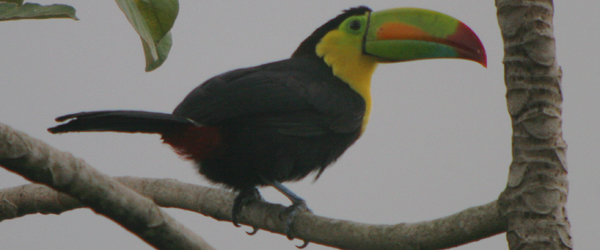
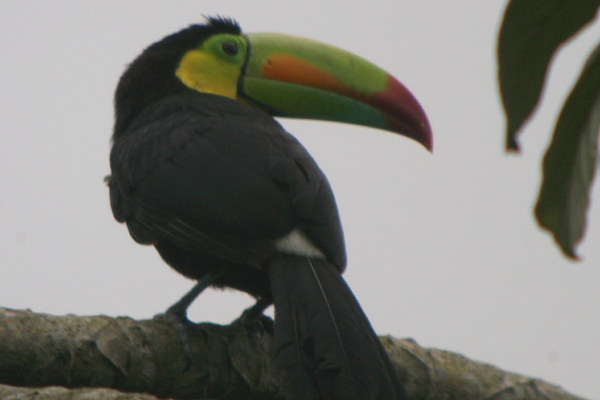
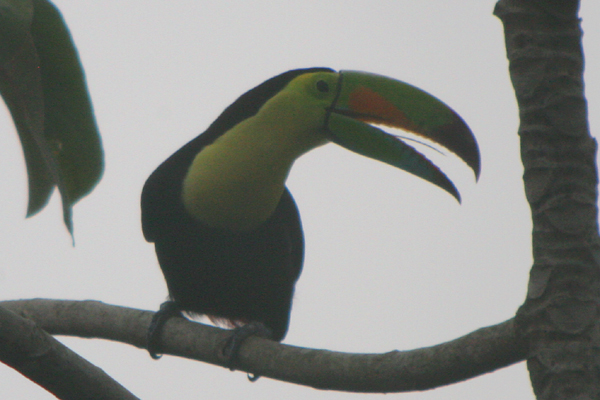
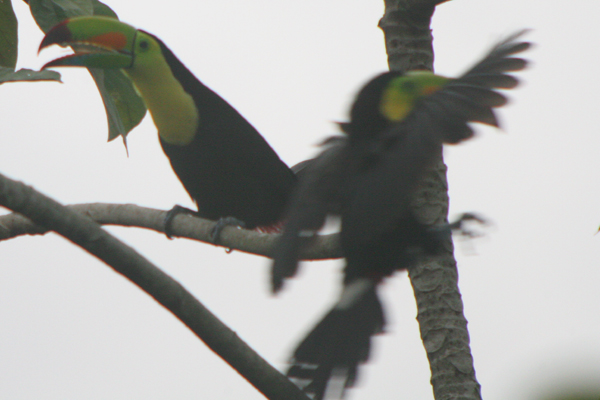
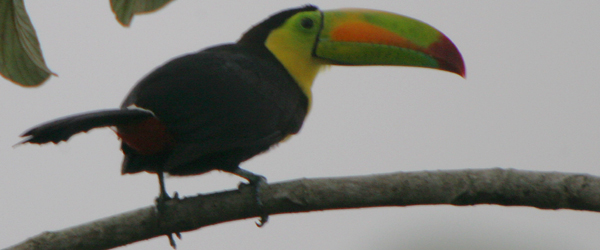
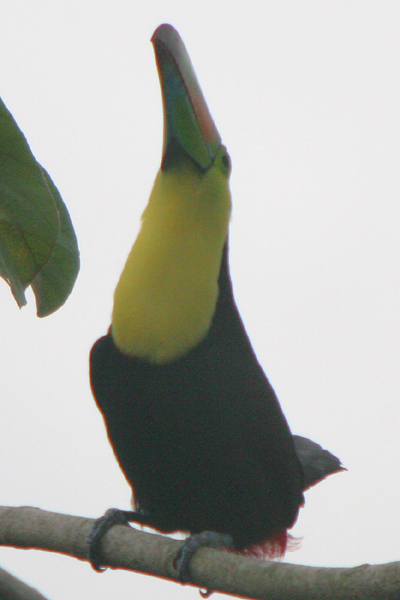
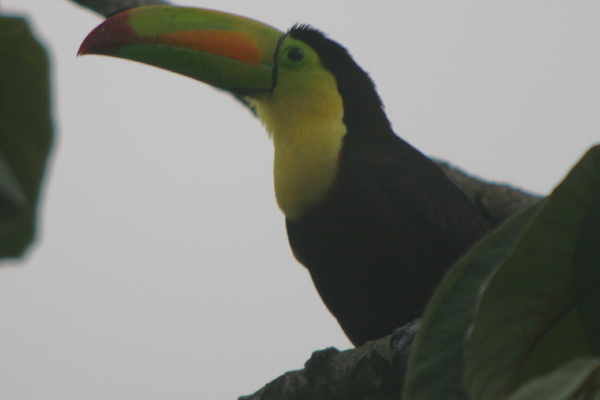






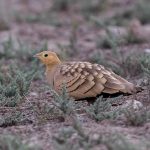




Great shots, Corey. I think toucans are just the kind of characters who love being admired.
wow, what a bird. The sixth one looks like its praying!
Great shots showing all their glory Corey! Those are definitely the largest, most colorful bills I have ever seen. Man, I have got to make it to the tropics now, if just to see the Keel-billed Toucans! Gorgeous.
Wow, Corey, those are great shots of the Keel-billed Toucan! Neotropical birds are the most colorful, aren’t they?
You know, growing up with Fruit Loops, I have kind of taken Toucans for granted. But seeing your pictures, and picturing that bird as truly a bird, and not a cartoon on a cereal box – wow, it really is amazing that they exist. I recently saw a Raven up close, and was absolutely amazed at how big its beak really was. It doesn’t even compare to that toucan!
Excellent shots Corey! That is one cool looking bird.
Corey, what a gorgeous bird!!! It does look a lot of the bird on the cover of the Fruit Loops box. Great closeups.
keel-billed toucans rock!!!!!!!!!!!!!!!!!!!!!!!1
Corey… this posts really inspired me to book a trip to Honduras. i always thought the odds of seeing this bird in its natural habitat was rare. I was originally headed to a jungle lodge in La Ceiba but now i think im going to the Cerro Azul Meambar National Park area. Ithought Pico Bonito was the best place for birding. But now I think i will go where you went. Nothing can be more satisfying than to see Keel-billed or Toco Toucans in the neotropics.
@Greg: The area around Lago de Yojoa, Copan Ruinas, and Pico Bonito are all great and all for different reasons. If there is any way that you could spend a couple of days in at least two of the three I would highly recommend it. Hope you enjoy your trip to Honduras!
awesome just awesome